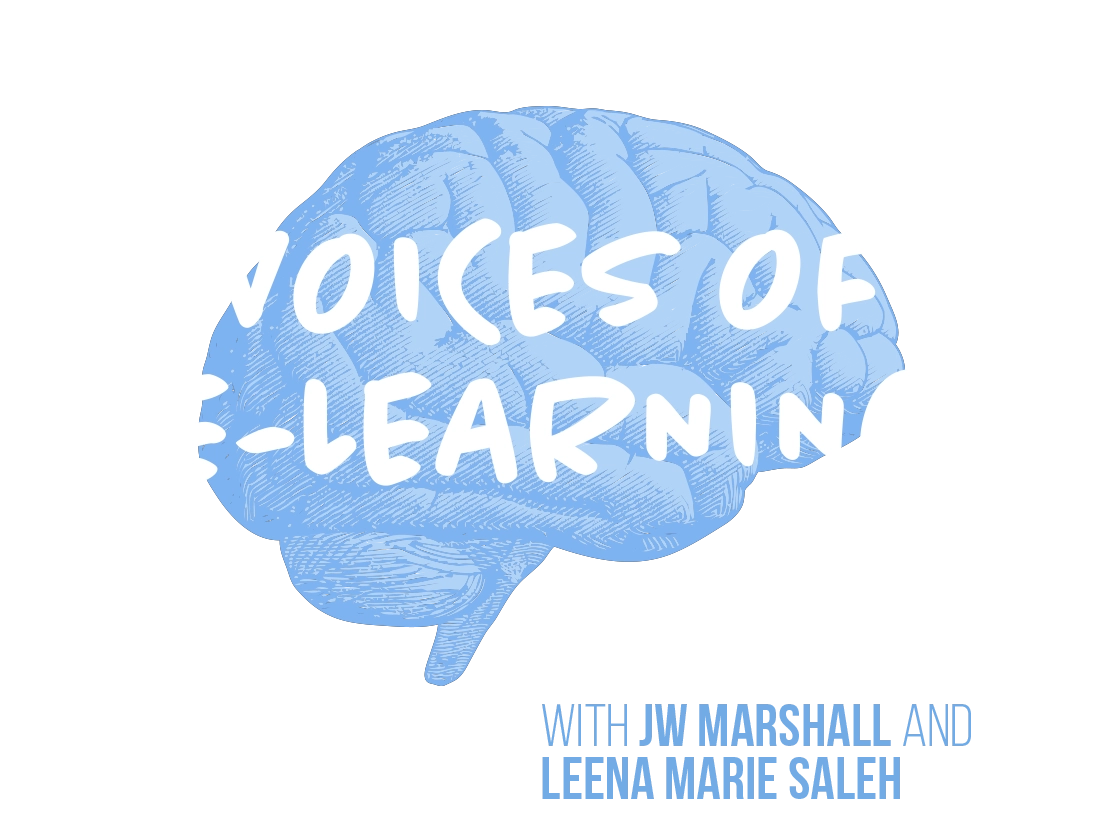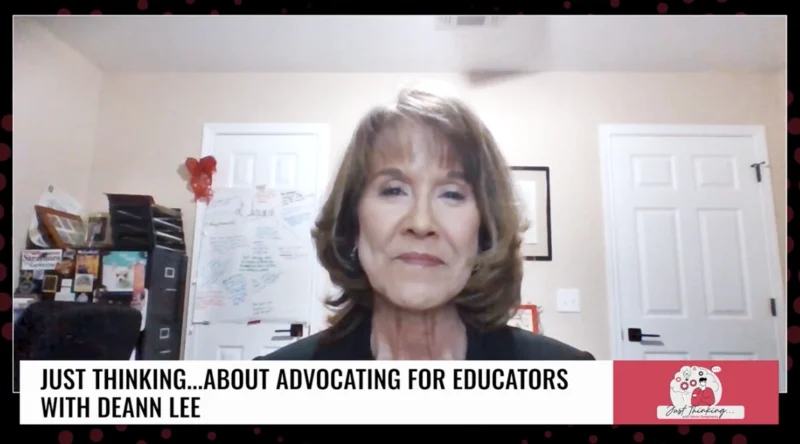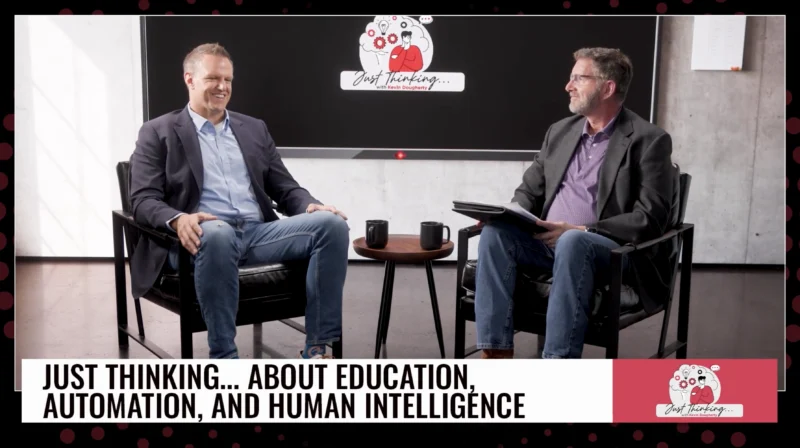Identifying the Missing Element in the Virtual Environment
Dr. Narine Hall, Founder & CEO of Inspace Proximity, made her second appearance on Voices of eLearning. This time she got to be in the studio with JW Marshall instead of a virtual appearance. While the world is still experiencing the effects of the COVID-19 pandemic, people are coming together more frequently, and remote learning experiences are taking a bit of a hybrid turn.
The cutting edge of technology is how Inspace works within the education space. Hall started Inspace at the beginning of the pandemic to keep kids engaged with active learning when most classrooms were remote. “What was missing was the learning moments, where students really click and feel inspired to learn more about the topic,” Hall said. “As educators, we all recognize that’s why we’re in the classroom. That’s fun and rewarding. And that was missing from our virtual environment.” The birth of Inspace’s mission was to solve these issues.
Inspace’s platform provides an interactive layer on the front end to promote student engagement and data analytics on the back end to measure those interactions. “It’s cool,” Hall said. “With one click, you get a read of the room. But also, you have a good sense of what’s happening in the classroom. One of the key things is the shared experience. The seamlessness of the interaction empowers people to not worry about technology and setting things up. It’s more about doing what they’re great at, which is teaching.”
Educator feedback on using the platform over the past couple of years is helping shape the Inspace platform now and into the future. Some of these learnings led to the creation of shared student spaces to hang out and collaborate.
Although many education spaces have returned to in-person, the pandemic showcased the need for virtual learning as a critical tool, and educators learned that the best of both worlds could be a hybrid model. “What we’re seeing now is optimizing what’s better where,” Hall said. “And I think technology plays a role in that.” Some innovations include virtual campus financial aid and registrar services so students don’t have to wait in person to conduct specific transactions that they could do on their smartphone or computer.




